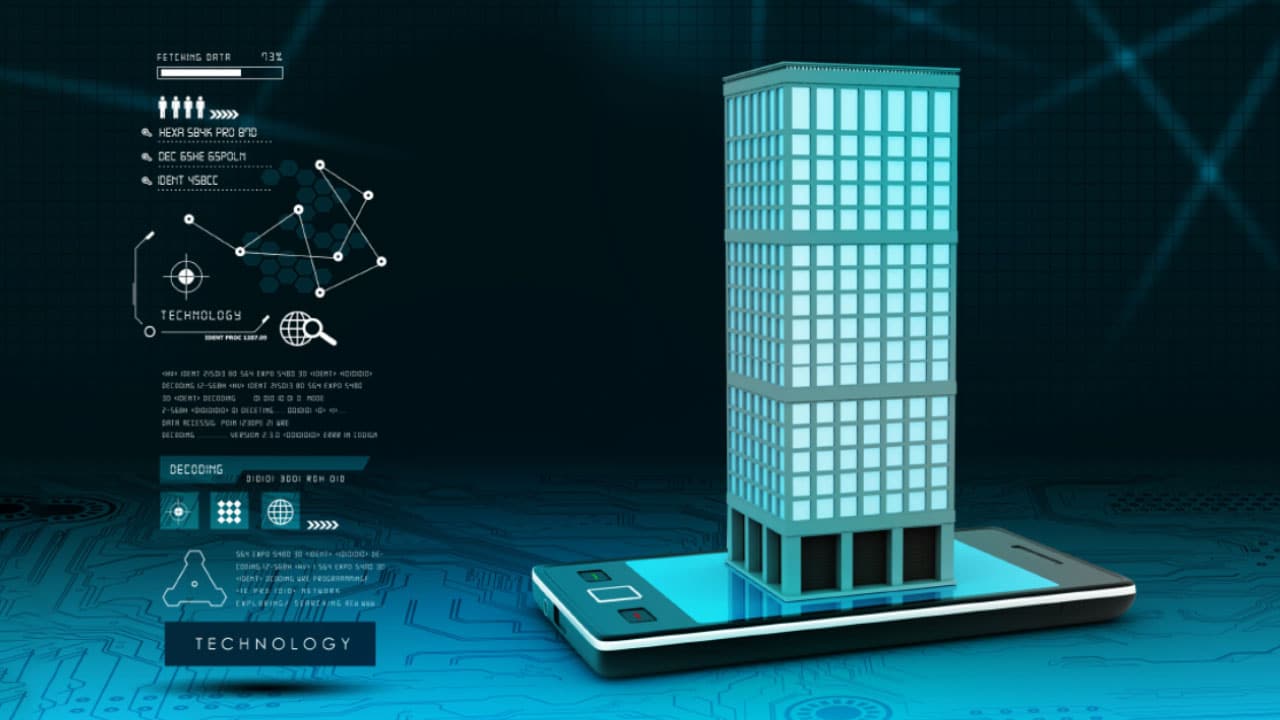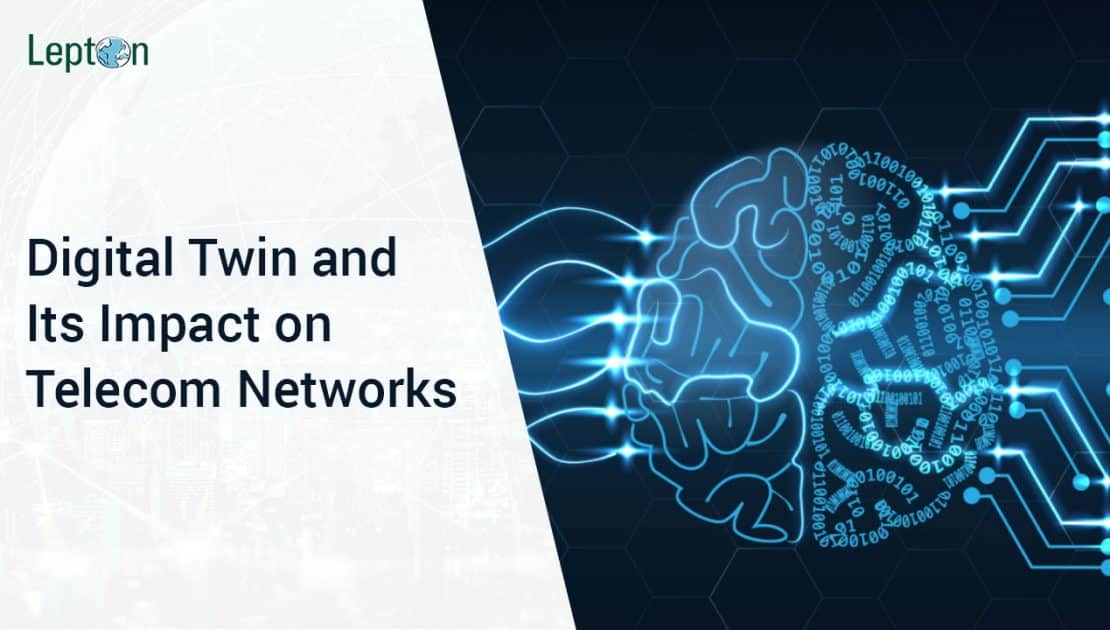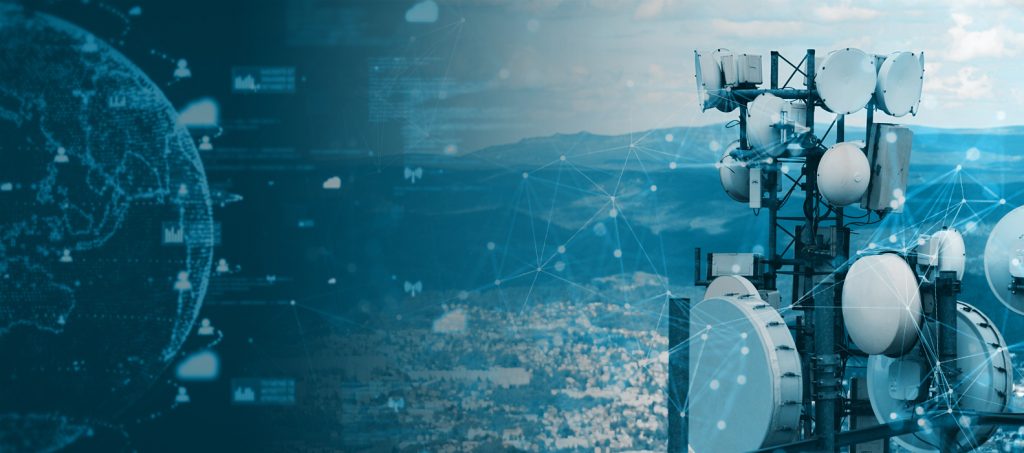The concept of replicating one’s mind from the physical body into or onto a machine has always been a human fascination. However, now, it’s reality–say hello to the Digital Twin technology. It’s not for humans (as of now) but for most processes around us.
The first known use of a Digital Twin can be traced back to 2002 in Product Lifecycle Management (PLM) at the University of Michigan. The elements of Digital Twin used back then included real space, virtual space, and the interlinking between them. Since then, the concept of the Digital Twin has evolved drastically–so much so that it now has implications for nearly every sector of the economy.
Through this blog, let’s understand the significance of a Digital Twin and how they impact the telecommunications sector, especially in automating and optimizing networks.
What Exactly is a Digital Twin?
Digital twins are revolutionizing the way telecom networks are managed and analyzed. A prime example of this innovation is SmartSignal by Lepton Software. This solution utilizes digital twin technology to provide comprehensive network insights, enabling more efficient planning and management of FTTX and FWA networks. By incorporating SmartSignal into your telecom strategy, you can achieve unparalleled accuracy and efficiency.
Simply put, a Digital Twin is a software representation of processes, assets, and systems that bear capabilities that are not present in the real-world structure. The concept is still evolving as we talk, but there are a few characteristics that fit the technology well:
- First, you need data models and structures to represent the real world’s objects’ observations, relationships, and status quo.
- Second, populate these models with data and knowledge from the real world to create a relevant Digital Twin. In most cases, data is gathered continuously to keep the Digital Twin updated and accurate.
- Third, get tools that can analyze the data for you and add significant value. These tools are key to unlocking the potential of your Digital Twin. Undeniably, the most integral parts of these tools are their analytical capabilities to extract maximum insights from the Digital Twin.
- Finally, you require efficient ways to interact with these twins via APIs or visualization techniques. The insights will help you make better decisions in the real world either manually or via actuation from the Digital Twin itself.
It might sound simple on the surface, but it often requires advanced software and solutions to implement these ideas. This is because data management can be challenging, and analysis can be very time-consuming, given the data volume.
However, before jumping to the challenges one can face while deploying a Digital Twin, let’s first understand its applications in detail.
Applications of the Digital Twin approach
Usually, a Digital Twin caters to extensive and expensive machines and assets such as jet engines, power plants, or mobile networks. There are high costs and risks in all these cases, with unanticipated downtime and severe repercussions.
Digital Twin and the latest technology
With recent AI-based capabilities and the potential of the Digital Twin, it is now easier to identify when these components need replacement, update, or maintenance. Technologies like AI and IoT make the application of a Digital Twin much more expansive, ranging from simple devices such as temperature sensors to hyperconnected intelligent cities with a complex web of traffic, buildings, and utilities.
Digital Twin for Mobile Network
Regarding mobile networks, in addition to the high consequences of downtime, they have an added challenge of massive geographical spread, hence enormous data points. The concept of a Digital Twin can be applied across the entire network implementation and management lifecycle. A Digital Twin allows operators to map and manage massive geographical areas with enormous data points and helps them analyze and extract maximum value and insights from this data.
Some telecom-specific tools and solutions are already applying this concept successfully. They rely on this technology to understand the status quo of network assets and plan for updates in the future. Usually, these are not real-time but are based on the characteristics of Digital Twin we mentioned above, i.e., data modeling, analysis, and prediction, to support data-driven processes and anticipate future demand.
One such tool is NetworkAccess by Lepton, a cloud-based platform to digitize fiber network inventory, feasibility, and service qualification checks.
Moreover, These solutions are customizable to suit specific business needs. For example, sometimes, the focus is on one part of the network cycle, like a particular site or a radio cell with a high level of detail. On the other hand, we have an end-to-end view of the entire network infrastructure leading to better analysis of services and network performance.
Digital Twin for Autonomous networks
The digital twin concept supports autonomous networks–a cloud-based software architecture and deployment approach. Here the network management system takes actions on its own to ensure optimum network performance and meet the set objectives of network operations. Before actual deployment, understanding the impact of these actions on the network infrastructure is essential, and the Digital Twin does the job perfectly. You can evaluate the implications based on several KPIs and decide the appropriate course of action before actually deploying for live services.

Challenges of Digital Twin
- A few different parts must be in place for a Digital Twin to fully realize. The key enabler here is data, indeed. The first step is to know the state of the network in real-time or close to real-time. Therefore, data-driven network infrastructure is crucial. This area is where considerable efforts are ongoing to gather and prepare data for later use. Typically, detailed analysis requires detailed data with the balance of the cost of collecting and managing it and the gains it might generate for different use cases.
- Moreover, for Digital Twin, you require both past and present data and anticipated future data points. Therefore, a significant trade-off exists between complexity, accuracy, and the resources needed to run the models. To some extent, the latest technology and cloud environment assist us, but not entirely.
- Additionally, time is also an essential factor. In many cases, there is a need to evaluate models much more quickly in the twin than in real networks to get answers on time. Other challenges include integrating multiple tools, APIs, and data visualization techniques to present results in quick and accessible ways.
Need of the hour
To fully seize the opportunities generated by the Digital Twin approach, we need specialized solutions that will continue to solve unique problems and develop attractive use cases, thereby adding newer capabilities. As these become more advanced, other standard components will likely emerge and gradually evolve into generally applicable solutions and frameworks for future digital twins.
Talk to our experts now if you wish to learn more about the digital transformation of fiber networks and the solutions via the Digital Twin concept.
Learn more about the digital transformation of fiber networks and the solutions via the Digital Twin concept.

